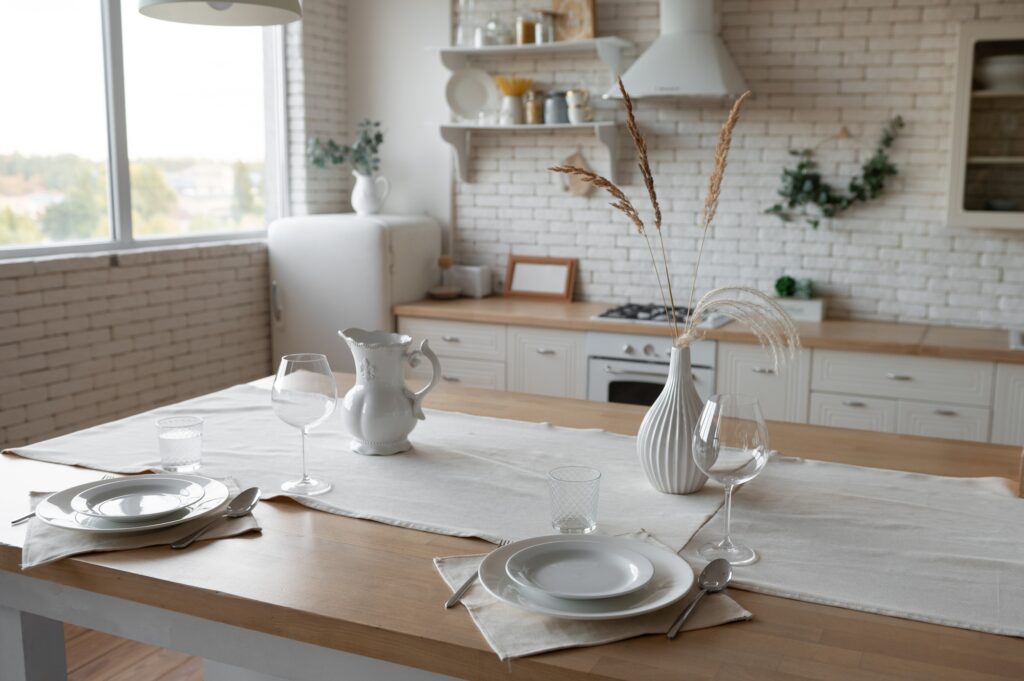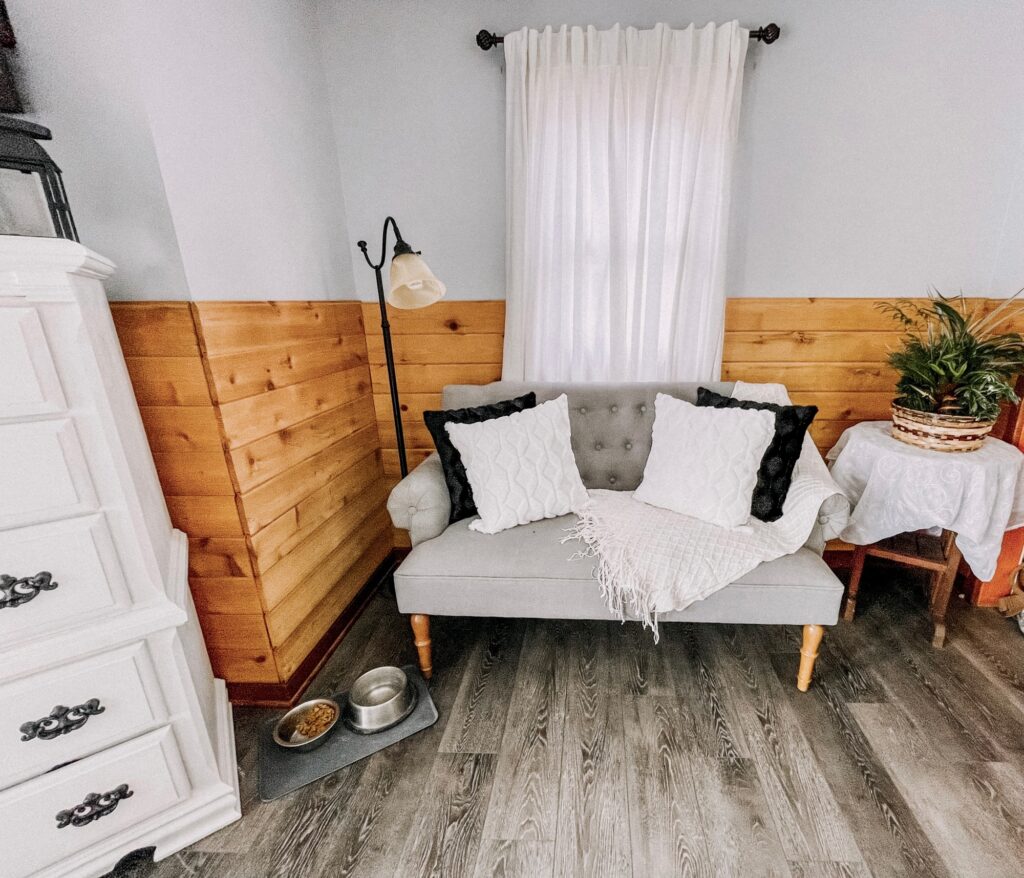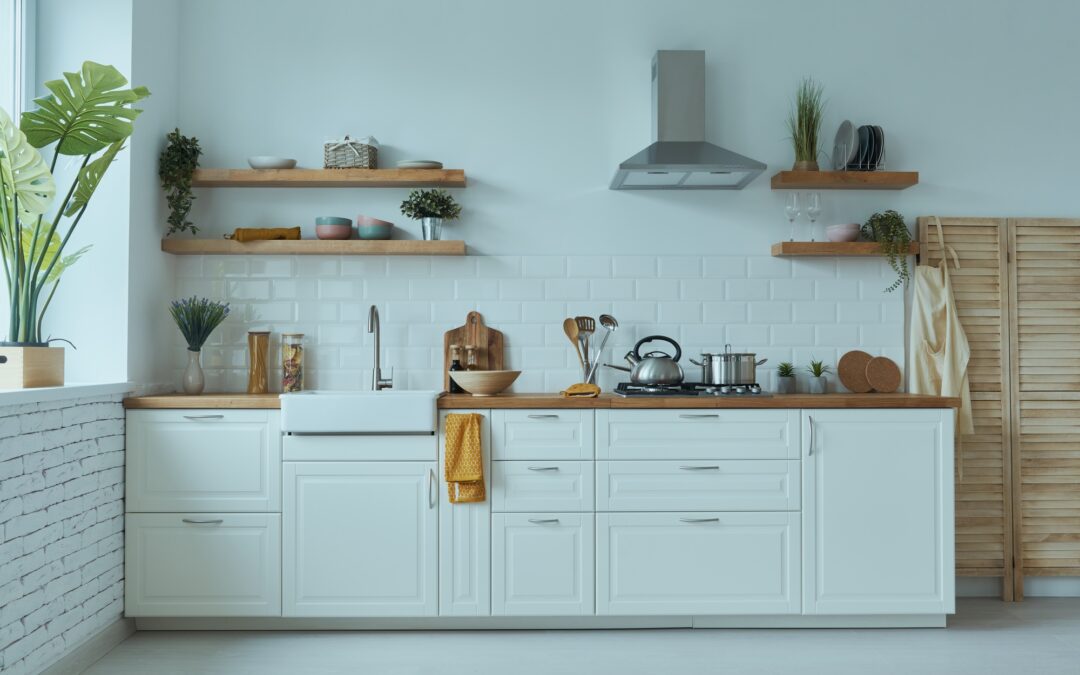In today’s fast-paced world, many of us seek solace in our living spaces. The atmosphere of a room significantly impacts our well-being, often determining how we feel and function throughout the day.
One way to create a serene and calming environment is by incorporating natural decorating elements. This article will explore various strategies for integrating these elements into your interior design, helping you to construct spaces that not only look good but also promote relaxation and harmony.
By focusing on light, space, and the beauty of nature, you can transform any room into a sanctuary that supports your well-being.
The Role of Light in Creating a Natural Atmosphere
Light is one of the most crucial elements in interior design. It influences mood, perception, and even productivity levels. When you think about how to create a soothing atmosphere, the first step is to evaluate the lighting in your space. Natural light is essential; it connects us to the outdoors and can significantly enhance our mood. To maximize natural light, consider the layout of your room. Large windows and open spaces allow sunlight to flow freely, creating a warm and inviting environment.
When natural light is limited, balance this by using artificial lighting wisely. Choose warm-toned bulbs that mimic the hue of the sun. Floor and table lamps can create soft pools of light that enhance the calming atmosphere. Ambient lighting is vital in achieving a serene space. Think about incorporating dimmer switches to control the intensity of your lighting, allowing you to adjust the atmosphere according to your needs throughout the day.
Additionally, incorporate reflective surfaces such as mirrors to bounce light around the room. This not only brightens the space but also gives the illusion of a larger area, creating a more open and airy feel. You can further enhance the natural atmosphere by integrating lighting fixtures that reflect the beauty of nature, such as fixtures made from wood or woven materials. By giving special attention to the interplay of light and space, you can effectively boost the ambiance of your interior and promote a sense of peace. This type of service can be provided by a professional, such as Anais, Brooklyn interor designer.
Incorporating Plants to Enhance Your Space
Plants are a fundamental component of natural design, linking your interior to the outdoors while bringing life and color into your room. Incorporating plants not only beautifies your space but also contributes to a calming atmosphere and improved air quality. Indoor greenery can help reduce stress and create a more relaxing environment, making it an essential element of any tranquil design.

How to incorporate natural decorating elements for a soothing atmosphere ?
When choosing plants, consider the unique conditions of your space. Some plants thrive in low light, while others require more sunlight. Options like pothos, spider plants, and peace lilies are excellent for beginners, as they are easy to care for and adapt well to various light conditions. Arranging plants of differing heights and textures can create a dynamic visual interest, enhancing the overall aesthetic of your room.
Think about incorporating natural elements through plant arrangements. Group plants together to form a lush natural corner or display them on shelves and window sills to draw the eye. You can also utilize hanging planters to save space while adding a touch of elegance. As you curate your collection, remember the power of balance—too many plants can feel chaotic, while too few may seem sparse. Strive for a harmonious arrangement that promotes a sense of calm.
Another effective way to incorporate nature is through the use of botanical prints or artwork. These can serve as an extension of the natural elements in your space, reinforcing the connection to the outdoors while enhancing the overall atmosphere.
Choosing Natural Materials for Your Interior Design
The materials you select for your furniture and decor play a significant role in shaping the atmosphere of your living space. Opting for natural materials such as wood, stone, and organic fabrics can help to foster a soothing environment that resonates with the beauty of nature. These materials not only add visual warmth but also enhance the tactile experience within your room.
When selecting furniture, consider pieces crafted from reclaimed wood or bamboo. These materials not only minimize environmental impact but also bring a sense of authenticity and warmth to your design. Stone accents, such as slate or marble, can introduce an earthy element, providing both texture and a calming visual effect. Utilize these materials in various forms, from countertops to decorative items, to create an inviting atmosphere.
In addition to large furniture pieces, don’t overlook the importance of smaller decor items. Natural textiles, such as cotton, linen, or wool, can add layers of comfort while maintaining the natural aesthetic. For example, choose cushions and throws in muted tones and organic patterns to complement your design. These elements effortlessly evoke a sense of peace and relaxation within the space.
Moreover, consider the way these materials interact with light. Natural materials often change in appearance depending on the lighting conditions, adding an ever-changing dynamic to your environment. By thoughtfully selecting materials that resonate with a natural theme, you can create a cohesive space that promotes tranquility and well-being.
Creating a Calming Color Palette
The color scheme of your space is a fundamental aspect of interior design that can greatly influence your mood and the overall atmosphere. Choosing a calming color palette is particularly important when aiming to create a soothing environment. Soft, muted tones such as light greens, blues, and earthy neutrals can evoke feelings of peace and relaxation, reminiscent of the natural world.
When selecting colors, think about how they will work together to create a cohesive look. You may choose to base your palette around a key natural color, drawing inspiration from the hues found in the outdoors. For example, consider the calming qualities of a tranquil sky or a serene forest. Use these colors as a foundation for your design, and then incorporate complementary shades for added depth.
In addition to wall colors, consider how light interacts with your chosen palette. Rooms that receive ample natural light may benefit from bolder choices, as sunlight can soften and lighten colors. Conversely, in spaces with limited light, softer tones can prevent the room from feeling too dark or oppressive. The key is to create an environment that feels bright and inviting, allowing for a sense of relaxation.

Furthermore, don’t forget the power of accents. Use decorative items, artwork, and textiles to reinforce your color scheme. Layering colors through curtains, rugs, and cushions can help to create a harmonious look while emphasizing the natural elements of your design. By carefully considering your color palette, you can significantly enhance the soothing atmosphere of your home.
Arranging Spaces for Relaxation and Connectivity
The layout of your room directly influences how it feels and functions. To promote relaxation and connectivity within your living space, consider the flow and arrangement of furniture and decor. A well-thought-out layout can make all the difference in how inviting and calming a room feels.
Start by assessing how you want to use the space. Identify key areas for relaxation, conversation, and interaction. For example, if you have a living room, arrange seating to encourage dialogue while allowing for a clear line of sight to natural light sources. This not only creates a welcoming atmosphere but also enhances the overall experience of the space.
Incorporate elements that encourage connection with nature. Position furniture to take advantage of views or natural light, making it easier for occupants to feel connected to the outdoors. Use rugs to define areas within open spaces, creating intimate zones for activities such as reading or enjoying a cup of tea.
In addition, consider pathways and flow when arranging furniture. Ensure that movement within the space feels effortless, allowing individuals to navigate easily without obstruction. A clutter-free environment promotes a sense of calm and relaxation, reducing visual chaos.
Lastly, integrate personal elements that resonate with you. Whether it’s family photos, cherished books, or art pieces, these touches help to create a sense of belonging and comfort. By thoughtfully arranging your spaces, you can cultivate a soothing atmosphere that nurtures connection and promotes well-being. Incorporating natural decorating elements into your interior design can significantly enhance the atmosphere of your spaces, promoting relaxation and well-being.
By thoughtfully utilizing light, integrating plants, selecting natural materials, choosing calming colors, and arranging your spaces for connectivity, you can create a haven that resonates with the beauty and tranquility of nature.
As you embark on this design journey, remember to allow your personal style and preferences to shine through, creating an environment that feels uniquely yours. A well-designed space is not only inviting but also serves as a sanctuary that fosters a positive atmosphere for all who enter.
- From Barn Finds to Showstoppers: How Enthusiasts Build Their Classic…
- Good leisure plan: flyboarding
- French Riviera : 3 ideas for yacht trip this summer
- Challenges and Innovations in Hatchery Vaccination: What’s Next for Poultry…
- Comparing Live and Inactivated Vaccines in Poultry Hatcheries: Which One…
